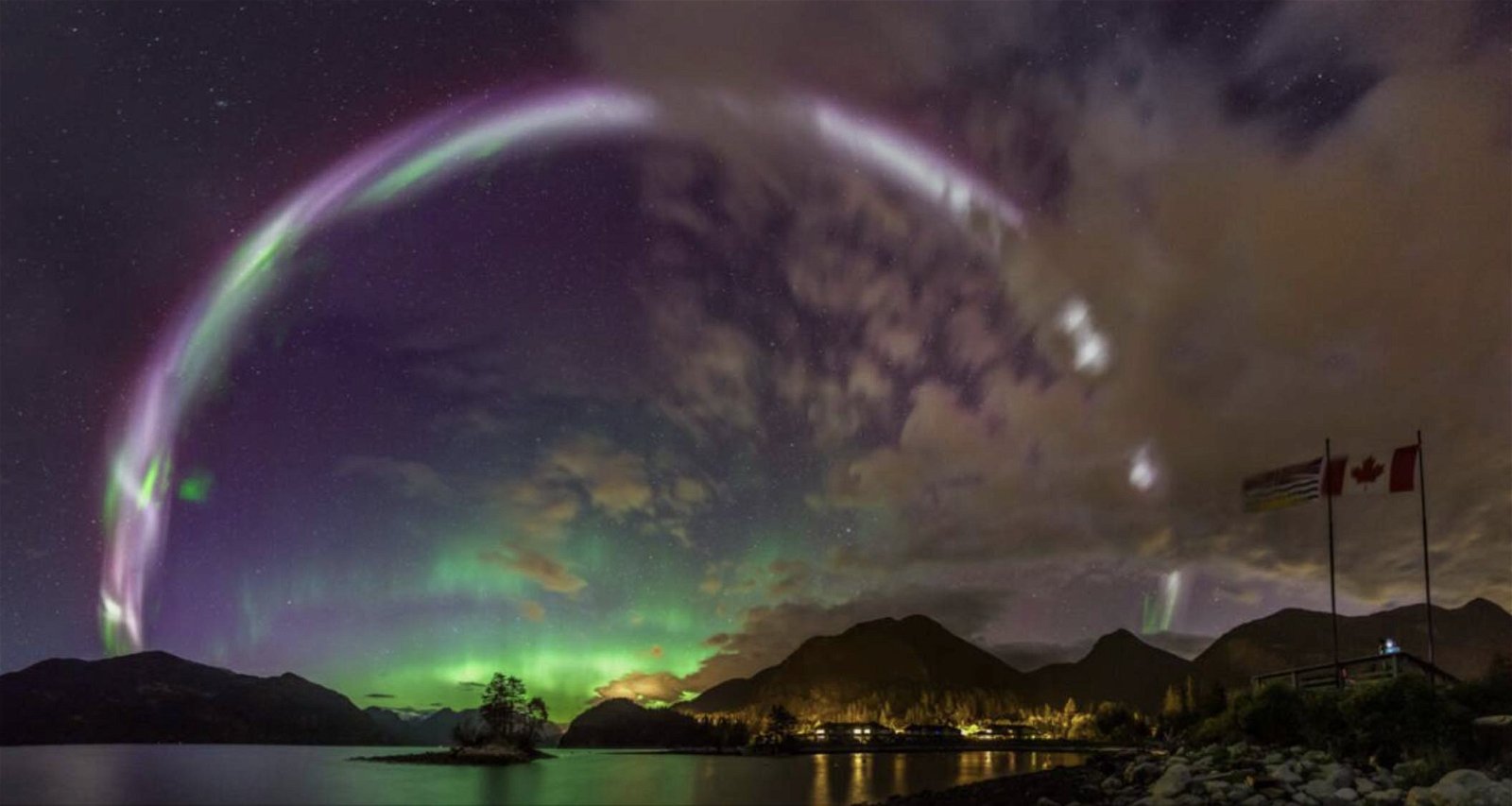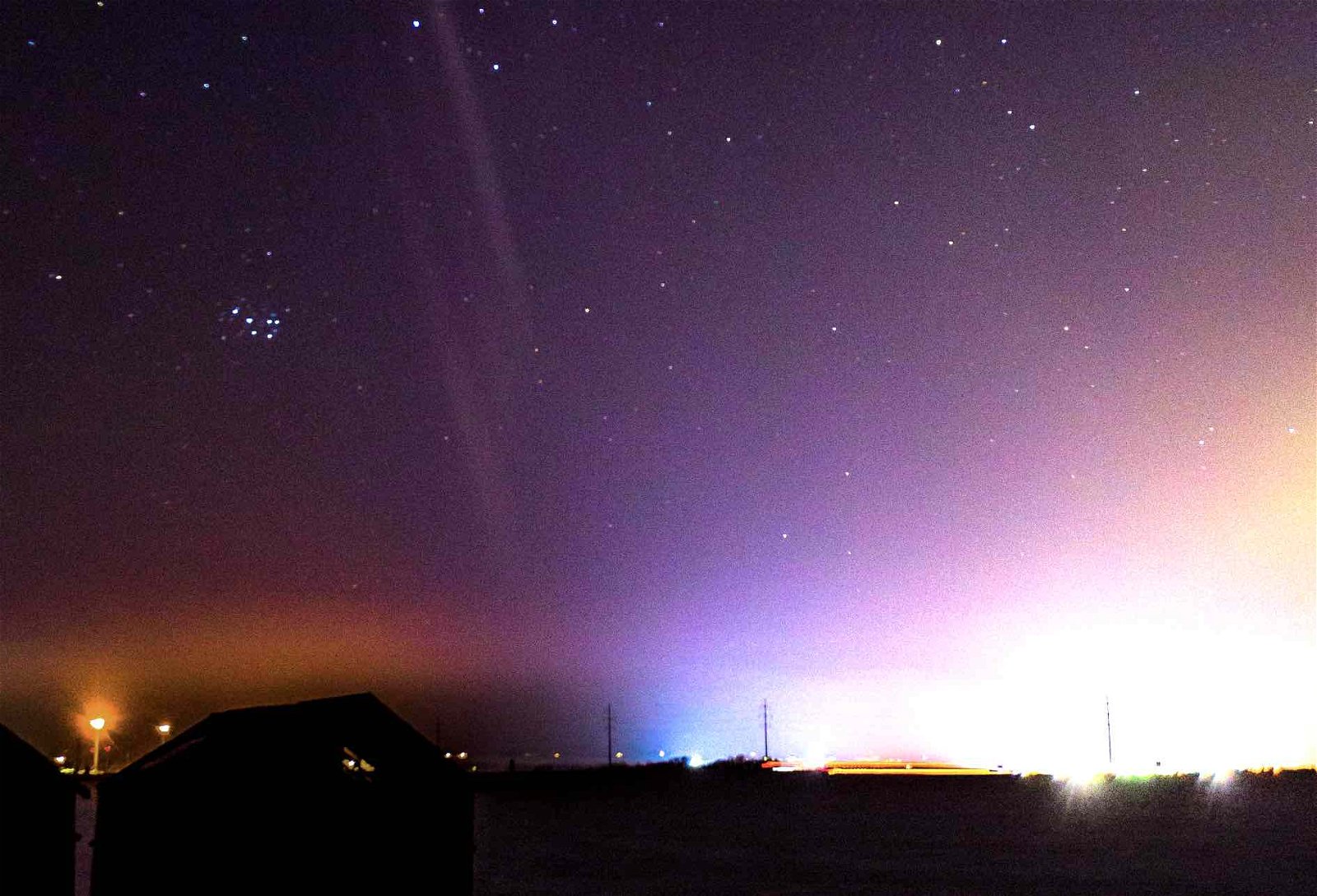If you noticed an eerie reddish glow in the skies over the weekend, you may have been one of the many witnesses to a recent display of the aurora borealis, which became visible Sunday night from locations on several continents.
Viewers in North America, parts of Europe, and Australia all reported a colorful display of red, purple, and green lights flashing across the night sky as the northern lights, as they are commonly called, became visible.
However, amidst Sunday’s light show, there were also several reports of an even more unusual phenomenon.
Strong Thermal Emission Velocity Enhancement, or STEVE, describes an optical phenomenon that causes an elongated band of green and purplish light to appear in the sky. STEVE is believed to result from a ribbon of plasma in the atmosphere which approaches temperatures of around 5,432 °F (3,000 °C) at an altitude of close to 280 miles (450 km).
The phenomenon, which is a fairly common occurrence, nonetheless remained unaccounted for until its discovery in 2016 and was later characterized with help from satellite data obtained by the European Space Agency’s Swarm mission.
Observers who know what to look for might have seen STEVE on Sunday, resembling a much longer, slender color band appearing in purple, green, or white, and at slightly lower latitudes than most of the aurora displays that occurred on Sunday.


Although STEVE could be seen from various locations around the world, most sightings during Sunday night’s aurora appearance were logged by sky watchers in the northern British Isles.
The light show resulted from not one, but two eruptions of solar plasma known as coronal mass ejections (CMEs) that impacted Earth’s magnetic field. The events prompted the Space Weather Prediction Center in Boulder, Colorado, to issue a warning about an expected moderate, G2 geomagnetic storm.
The Space Weather Prediction Center ranks the severity of magnetic storms on a scale of 1 to 5, with 5 being the strongest. Despite the predictions for moderate activity, the CMEs that struck the Earth on Sunday reached G3 status for a few hours during the afternoon close to the time of impact.
Due to the power of the CME double-strike on Sunday, which impacted Earth in the early afternoon Eastern Time over North America, colorful displays were observed across northern latitudes across the world, with some observers in North America as far south as North Carolina, and even Texas, were visible with the aid of long photographic exposures.
Viewers in Antarctica were also treated to dancing columns of light, which were visible to the naked eye for several hours.
Micah Hanks is the Editor-in-Chief and Co-Founder of The Debrief. He can be reached by email at micah@thedebrief.org. Follow his work at micahhanks.com and on Twitter: @MicahHanks.

